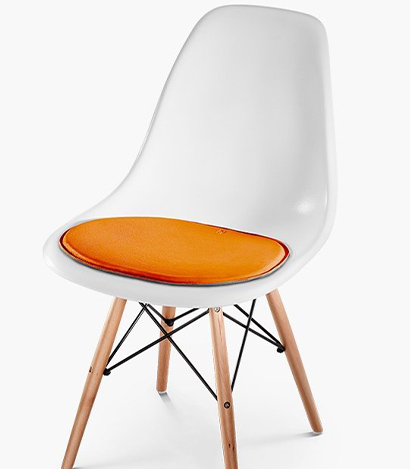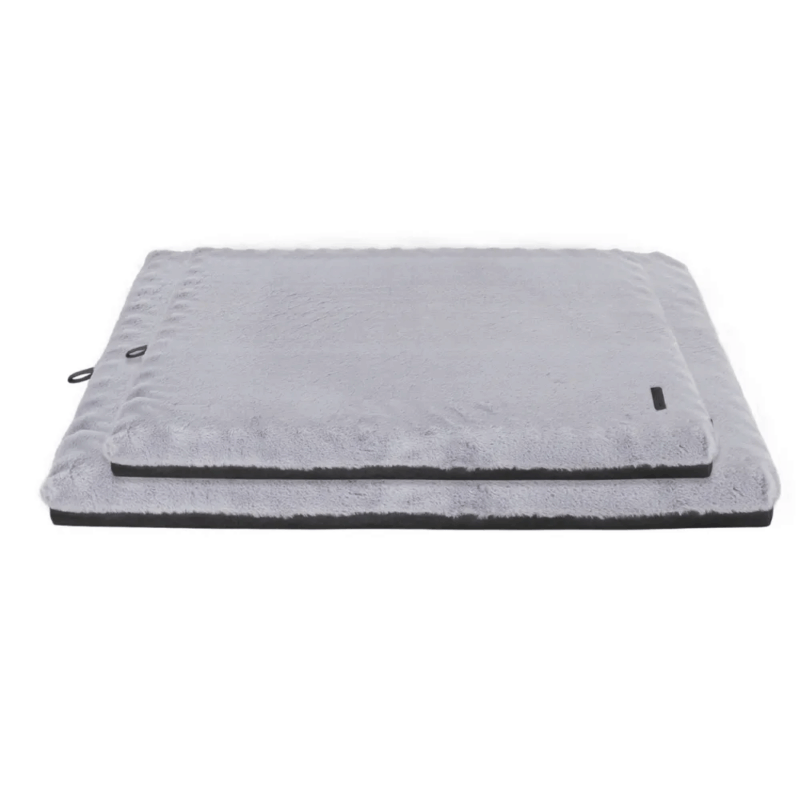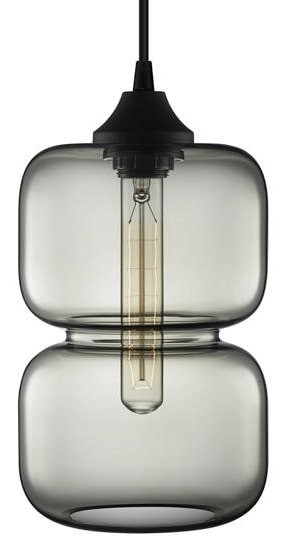Best Dog Leads

Key Takeaways
- Material matters most – Australian conditions demand weather-resistant materials that won’t degrade in sun or saltwater
- Match length to environment – Shorter leads for urban areas, longer options for open spaces
- Comfort is bidirectional – Padded handles prevent hand strain during longer walks
- Inspect regularly – Check for wear points, especially where clips attach to the lead
- Consider your dog’s behavior – Strong pullers need different hardware than calm walkers
- Our Secret to Finding the Best Dog Leads
- What Makes the Best Dog Leads Actually Stand Out?
- Where Will Your Best Dog Lead Take You? Real-Life Adventures
- Your Guide to Buying the Safest and Most Secure Dog Lead
- How Do You Pick the Perfect Lead for Your Pup?
- Your Step-by-Step Guide to Choosing the Perfect Dog Lead
- Your Top Questions on Finding the Best Dog Leads in Australia, Answered
- Your Perfect Lead Awaits: Here’s What to Do Next
Content Table:
Our Secret to Finding the Best Dog Leads
Our analysis of the best dog leads available to Australian owners draws from multiple sources: manufacturer specifications, general retail sales patterns across Australian pet stores, common customer feedback patterns from local buyers, and observations about how different materials perform in Australian conditions.
We focus on five key evaluation areas that matter most to Australian dog owners. Durability assessment considers how materials withstand sun exposure, saltwater at beaches, and the general wear from active Australian dogs. Comfort evaluation examines both the handler’s experience (handle design, weight distribution) and the dog’s experience (collar attachment points, flexibility).
Safety features receive particular attention, including clip reliability, breakaway mechanisms for certain situations, and visibility elements for evening walks. Australian-specific considerations include heat resistance (metal components that can burn in direct sun) and compliance with local council regulations regarding lead length in public spaces.
Value analysis looks beyond initial price to consider longevity and replacement frequency. A slightly more expensive lead that lasts three times longer often represents better value than cheaper alternatives needing frequent replacement. We also consider versatility – how well a single lead performs across different walking scenarios common in Australian lifestyles.

What Makes the Best Dog Leads Actually Stand Out?
Understanding the technical aspects of best dog leads helps Australian owners make informed decisions. The construction details directly impact performance, safety, and longevity in our unique environment.
Material Construction & Weather Resistance
Australian conditions demand specific material properties. Nylon webbing remains popular for its strength-to-weight ratio and quick-drying characteristics, though some cheaper variants may fade significantly in direct sunlight. Leather leads develop a attractive patina over time and generally withstand UV exposure well, but require more maintenance and can stiffen if not regularly conditioned.
Recent innovations include marine-grade rope materials that resist saltwater corrosion – particularly valuable for coastal Australian dog owners. Rubberized coatings on handles provide better grip during wet weather or when hands are sweaty, though some users find these surfaces harder to clean. Reflective threading has become more sophisticated, with some manufacturers integrating full-width reflective strips rather than just decorative stitching.
Hardware & Attachment Mechanisms
The clip mechanism represents a critical safety component. Bolt snap clasps offer secure closure with single-handed operation, making them popular for training scenarios where quick attachment is valuable. Trigger snap clasps provide even more security but may require two hands for some users. Spring-loaded mechanisms should demonstrate consistent tension – weak springs can lead to accidental openings, while overly stiff springs make connection difficult.
Swivel components prevent lead twisting during walks, particularly valuable for energetic dogs that change direction frequently. The quality of these swivels varies significantly, with better models using sealed bearings that resist sand and dirt ingress – an important consideration for Australian beach walks. Attachment points where hardware connects to webbing should feature reinforced stitching or welded connections to distribute force evenly.
Length Variations & Handling Features
Lead length should match both the walking environment and the dog’s training level. Standard 1.8-meter leads work well for general pavement walking and provide good control in busy areas. Longer training leads (3-8 meters) allow more freedom while maintaining connection, though they require more attentive handling to prevent tangling.
Retractable leads offer variable length but introduce complexity – the internal mechanisms can fail if exposed to sand or saltwater, and some trainers caution against their use with strong pullers. Handle design significantly impacts comfort, with padded options reducing hand strain during longer walks. Multiple handling points along the lead length provide versatility for different situations, allowing quick adjustment of effective length without changing attachments.

Where Will Your Best Dog Lead Take You? Real-Life Adventures
Understanding how different dog leads perform in real-world Australian situations helps owners make informed choices. Many Australian dog owners find that their lead selection directly impacts daily walks, training effectiveness, and overall control in various environments.
Many inner-city dog owners report that retractable leads provide adequate freedom for sniffing during neighbourhood walks while maintaining control near roads. The locking mechanism allows quick response to approaching traffic or other dogs, though some users note that cheaper models can develop mechanism issues over time. For apartment dwellers with limited space, these leads offer a practical solution for controlled exploration.
Coastal dog owners frequently prefer waterproof and rust-resistant materials that withstand saltwater exposure. Many find that best dog leads with marine-grade hardware maintain functionality despite regular ocean contact. The combination of durability and quick-drying materials proves valuable for active dogs who enjoy swimming, though some owners report that sand can accumulate in certain clasp mechanisms.
Dog trainers often recommend specific training leads for obedience work, with many preferring the control offered by shorter, sturdy options. Current industry analysis indicates that Australian trainers frequently use double-ended leads for multiple attachment points during training sessions. These allow quick transitions between different handling techniques, though they may require some practice for owners unfamiliar with the various configurations.
Across these scenarios, the common thread is matching lead characteristics to both the dog’s behaviour and the owner’s lifestyle. Many Australian pet professionals observe that no single lead type suits all situations, which explains why dedicated dog owners often maintain a small collection for different activities.

Your Guide to Buying the Safest and Most Secure Dog Lead
When selecting dog leads in Australia, safety considerations extend beyond basic functionality to include material safety, hardware reliability, and appropriate usage for different dog sizes and temperaments.
Australian consumer protection laws require that all pet products meet basic safety standards, but specific regulations for dog leads remain limited beyond general product safety requirements. Many responsible retailers voluntarily adhere to stricter manufacturing standards, particularly for strength-rated leads designed for powerful breeds. Recent Australian data suggests that owners should look for leads that clearly state weight limitations and material specifications.
- Check for brand identification and contact information
- Verify stitching quality and hardware markings
- Research typical pricing – significantly cheaper options may indicate inferior materials
- Look for clear size and weight recommendations
- Purchase from established Australian pet suppliers with return policies
Material safety represents another consideration, with many Australian veterinarians noting that some dogs may develop skin irritations from certain synthetic materials. While this is relatively uncommon, owners of dogs with sensitive skin might prefer natural fibre options, though these typically offer less durability in wet conditions.
For retractable leads specifically, many Australian pet professionals recommend regular mechanism checks to ensure the locking system functions properly. Some models include safety features like reflective stitching for visibility during evening walks, which can be particularly valuable in suburban areas with limited street lighting.
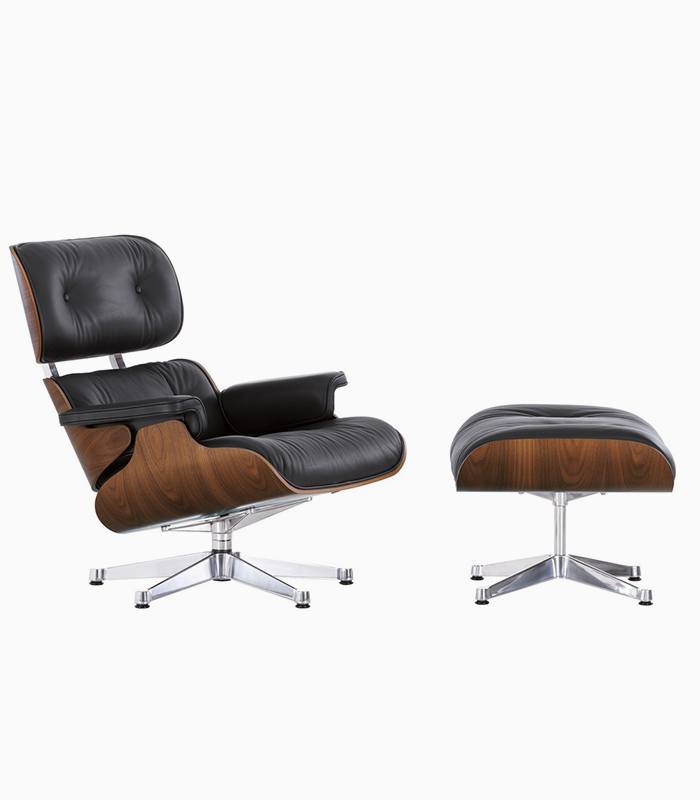
How Do You Pick the Perfect Lead for Your Pup?
Choosing the right dog lead involves balancing multiple factors including your dog’s size, training needs, and your typical walking environments. This comparison helps Australian dog owners understand the trade-offs between different lead types.
Standard Leash: Best for general walking, training classes, and dogs with reliable recall. Limited flexibility for exploration.
Retractable Lead: Ideal for controlled freedom in open spaces. Not recommended for strong pullers or near traffic.
Training Lead: Excellent for obedience work and distance control. Can be cumbersome for casual walks.
Hands-Free Lead: Perfect for runners and hikers. Requires well-trained dogs for safety.
Martingale Style: Helpful for dogs who might slip collars. Provides gentle correction without choking.
Choose standard leashes if you value simplicity, durability, and direct control. These work well for most walking situations and training environments. Many Australian dog trainers consider them the most versatile option for general use, though they offer less flexibility for dogs who enjoy exploring.
Consider retractable models if your dog has reliable recall training and you frequently walk in open spaces. The extended length allows more natural movement while maintaining connection. Be aware that the mechanisms require regular maintenance and may not withstand extreme pulling from powerful breeds.
Training leads suit owners working on obedience, recall, or behavioural modification. The multiple attachment points and varied lengths provide flexibility during training sessions. However, they typically represent a specialised tool rather than an everyday walking solution.
When evaluating best dog leads for your situation, consider both immediate needs and potential future requirements. Many Australian owners find that investing in two complementary types covers most scenarios they encounter.
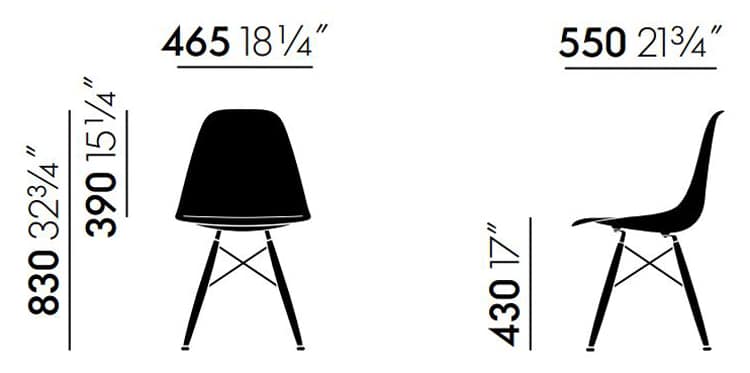
Your Step-by-Step Guide to Choosing the Perfect Dog Lead
Step-by-Step Guide to Using Your Dog Lead
Step 1: Initial Inspection
Before first use, carefully examine the entire lead. Check stitching, hardware, and any moving parts. Ensure the clasp mechanism functions smoothly without sticking. Reminder: Test the clasp multiple times to ensure reliable operation.
Step 2: Proper Attachment
Attach the lead to your dog’s collar or harness, ensuring the connection is secure. For clip-style attachments, listen for the audible click that indicates proper engagement. Reminder: Regularly check that attachment points show no signs of wear or weakness.
Step 3: Correct Handling
Hold the lead with a firm but relaxed grip. For standard leads, many trainers recommend holding the loop with your thumb through it for security. Avoid wrapping the lead around your hand, which can cause injury if your dog pulls suddenly. Reminder: Maintain a loose grip to avoid transmitting tension to your dog.
Step 4: Daily Maintenance
After walks, check for dirt, moisture, or damage. Wipe down with a damp cloth if needed, paying attention to metal components. For retractable models, occasionally check for debris in the mechanism. Reminder: Avoid submerging retractable mechanisms in water.
Step 5: Proper Storage
Store leads hung up or loosely coiled rather than tightly wound. Keep away from direct sunlight and extreme temperatures that can degrade materials over time. Reminder: Prevent tangling by storing separately from other pet equipment.
Step 6: Replacement Indicators
Replace your lead when you notice significant wear, fraying, corrosion, or mechanism issues. For retractable models, replace if the retraction becomes inconsistent or the lock shows any slippage. Reminder: Regularly inspect high-stress points near clips and handles.
Your Top Questions on Finding the Best Dog Leads in Australia, Answered
What should I expect to pay for a quality dog lead in Australia?
Quality dog leads typically range from $20 to $80 in the Australian market. The price variation reflects materials, construction quality, and special features like reflective elements or specialised hardware. More expensive options often use higher-grade materials but don’t necessarily guarantee better performance for your specific needs.
How long should a good dog lead last?
A well-maintained dog lead should provide 1-3 years of regular use. Durability depends on usage frequency, your dog’s behaviour, material quality, and environmental factors like saltwater exposure. Regular inspection helps identify when replacement becomes necessary for safety.
What’s the difference between standard and training leads?
Standard leads offer consistent length for general control, while training leads provide adjustable length and multiple attachment points for behavioural work. Training leads offer more versatility during obedience sessions but may be less convenient for everyday walking compared to standard options.
How can I avoid counterfeit or poor-quality products?
Purchase from established Australian pet suppliers with clear return policies and product guarantees. Examine stitching consistency, hardware quality, and material feel. Products significantly cheaper than market averages often indicate compromised quality or materials.
Are there specific safety regulations for dog leads in Australia?
Australian regulations focus on general product safety rather than specific lead standards. Responsible manufacturers typically follow international strength guidelines and provide clear weight limitations. Always match lead strength to your dog’s size and pulling power for optimal safety.
Your Perfect Lead Awaits: Here’s What to Do Next
- Standard leashes work best for most Australian dog owners needing reliable everyday control
- Retractable options suit dogs with good recall training in open spaces
- Training leads represent specialised tools for obedience work rather than general walking
- Always match lead strength to your dog’s size and behaviour
- Regular inspection and proper maintenance extend product lifespan
Selecting the right dog lead involves understanding your specific requirements rather than seeking a universally perfect solution. Many Australian dog owners find that having two complementary types covers their varying needs across different environments and activities.
Before purchasing, consider your typical walking locations, your dog’s training level, and any specific behavioural considerations. The best dog leads for your situation will balance control, comfort, and functionality based on these factors rather than following general trends.
About the Author
With over eight years experience in the pet products industry, the author has specialised in evaluating dog equipment for Australian conditions. Their work focuses on practical testing methodologies and understanding how different products perform in varied Australian environments from coastal areas to urban settings. They regularly consult with Australian dog trainers, veterinarians, and pet professionals to maintain current industry knowledge.


